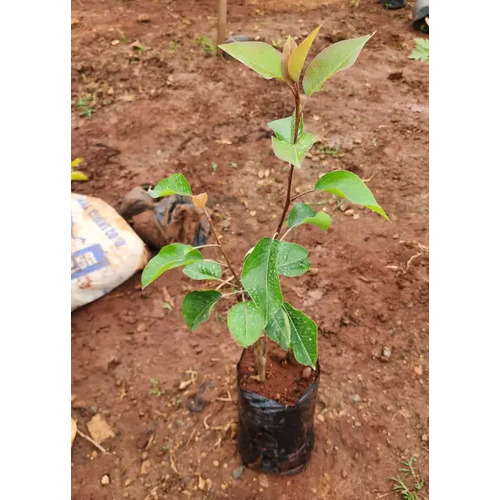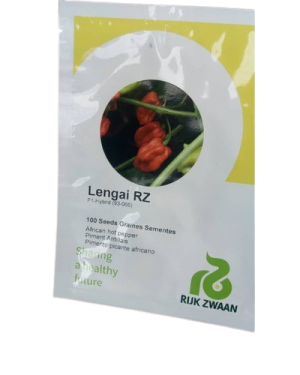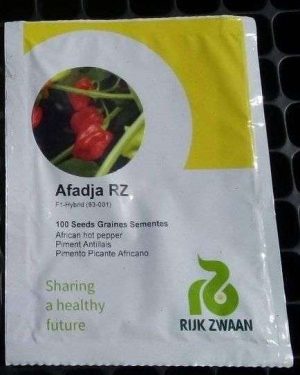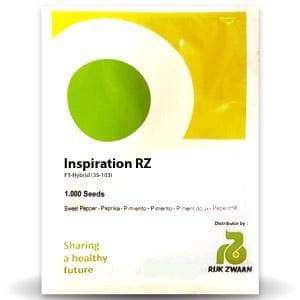Local Pear Seedling | African Pear (Dacryodes edulis)
₦4,700.00
Local Pear Seedling | African Pear (Dacryodes edulis) is a fast-growing tree seedling that can reach up to 30 meters in height. It is also relatively easy to care for and can thrive in a variety of climates, It is a rich source of vitamins, minerals, and antioxidants. It is a good source of vitamin C, potassium, and fiber. It is a good source of antioxidants, which can help protect the body from damage caused by free radicals. The pear seedlings is also a good source of fiber, which can help promote digestive health.
Description
A Local Pear Seedling refers to the young plant of an indigenous pear species grown from seeds. In many regions, the term “local pear” may refer to the African Pear (Dacryodes edulis) or other native pear varieties. These seedlings are cultivated for their nutritional, medicinal, and economic value.
Key Features of Local Pear Seedling:
- Botanical Name: Dacryodes edulis (for African Pear)
- Common Names: Local Pear, African Pear, Bush Butterfruit, Native Pear
- Growth Habit:
- A fast-growing tropical tree that can reach heights of 10–18 meters at maturity.
- Develops a dense, evergreen canopy with spreading branches.
- Leaf Characteristics:
- Dark green, glossy leaves that are elongated and slightly leathery.
- Arranged alternately on the branches.
- Stem & Bark:
- A sturdy trunk with dark brown or grayish bark.
- Produces a sticky, resin-like sap when cut.
- Root System:
- Has a deep and extensive root system, making it drought-resistant and adaptable to various soil types.
- Fruit Production (After Maturity):
- Produces oval or oblong-shaped fruits with a purplish or dark blue color when ripe.
- The fruit has creamy, edible pulp that is rich in fats and oils.
Characteristics of Local Pear Seedling:
1. Growth Requirements & Development
- Germination Period: 2–4 weeks after planting.
- Growth Rate: Moderate to fast under optimal conditions.
- Time to Fruiting: 3–5 years after planting (for grafted seedlings, fruiting may begin earlier).
- Sunlight: Full sun or partial shade.
- Watering: Regular but well-drained soil.
2. Soil & Climate Requirements
- Soil Type: Prefers well-drained loamy or sandy soils rich in organic matter.
- pH Range: 5.0–6.5 (slightly acidic to neutral).
- Climate:
- Thrives in tropical and subtropical climates.
- Requires moderate to high rainfall (1000–2500mm per year).
- Tolerates mild drought conditions but grows best in humid environments.
3. Propagation Methods
- Seed Propagation:
- Seeds are extracted from the fruit and planted directly in nursery beds or polybags.
- Germination takes 2–4 weeks under warm, moist conditions.
- Vegetative Propagation:
- Grafting or budding onto hardy rootstocks for earlier fruiting and disease resistance.
4. Economic & Nutritional Value
- Highly Profitable:
- Fruits are highly demanded in local and international markets.
- Used for oil extraction, food, and medicinal purposes.
- Nutritional Benefits:
- High in healthy fats (omega-3, omega-6).
- Rich in vitamins A, C, and E.
- Contains essential minerals like calcium, magnesium, and iron.
- Medicinal Uses:
- Traditionally used for treating inflammation, digestive issues, and skin infections.
5. Uses & Applications
- Fresh Consumption: Eaten raw or boiled.
- Oil Extraction: Used in cosmetics and skincare products.
- Agroforestry: Helps in soil conservation and erosion control.
Additional information
| Weight | 9 kg |
|---|







Reviews
There are no reviews yet